
All categories
Featured selections
Trade Assurance
Buyer Central
Help Center
Get the app
Become a supplier

(835 products available)








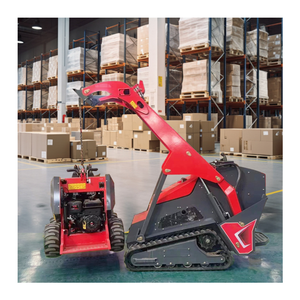
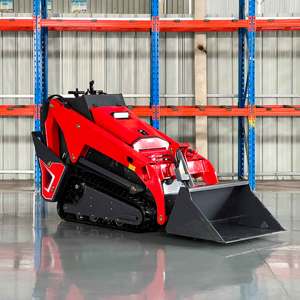



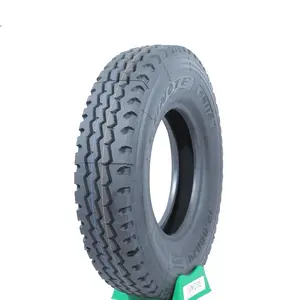








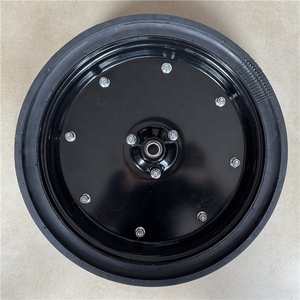
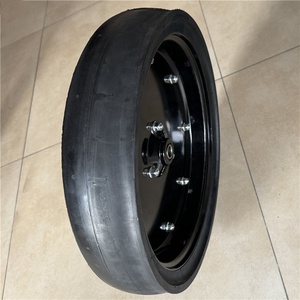
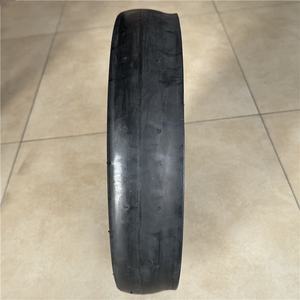
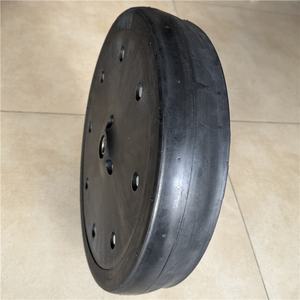


























Aggressive mud tire are specially designed for off-road enthusiasts. They provide traction over rocky trails and deep mud. There are several types of aggressive mud tires in the market today, including:
Directional Tires:
Directional tires feature a tread pattern designed with a V-shape. They provide excellent traction in muddy terrains. The water and mud can easily flow through the grooves due to the tread pattern. As a result, the tires won't get packed quickly. Directional tires also reduce noise when the vehicle is driving on highways.
Multi-Vehicle Tires:
Multi-vehicle tires are designed for trucks and SUVs. They have an aggressive tread design, which makes them versatile in different terrains. The tires provide traction in deep mud, snow, and sand. The self-cleaning properties and large tread blocks of multi-vehicle tires make them suitable for off-road adventures. Vehicles won't experience tread loss or reduced traction, regardless of the terrain.
Super Swamper Tires:
Super Swamper tires are manufactured by Interco Tire Corporation. They are known for their large size and aggressive tread patterns. Super Swamper tires are ideal for extreme off-road enthusiasts. They can navigate the most challenging terrains, including deep mud, rocks, and sand. The tires are available in various tread patterns. This allows buyers to select the most suitable option based on their needs. The highly aggressive tread patterns of Super Swamper tires provide maximum traction and floatation in muddy terrains.
Mud Terrain Tires:
These tires are typically associated with aggressive and rugged tread designs. They are suitable for vehicles intended for off-road driving. Mud terrain tires allow vehicles to navigate muddy roads without getting stuck. The tires also perform well in rocky and sandy terrains.
Crawling Tires:
Crawling tires are designed for rock crawling. They have softer rubber compounds compared to other aggressive mud tires. The softer rubber provides maximum traction on rocky surfaces. Crawling tires also have large lugs and high sidewall puncture resistance. This makes them suitable for off-road enthusiasts who engage in rock crawling activities.
Manufacturers provide specifications for aggressive mud tires so buyers can make informed decisions. Here are some of the standard specifications to expect:
Tread depth
This is the vertical measurement of the tire's rubber surface. For mud tires, the standard depth is between 16/32 to 22/32 of an inch. The deep channels provide grip in loose soil and mud.
Tread design
Aggressive mud tire features an open and siped tread pattern. The closely spaced lugs and wide voids provide traction in various terrains.
Construction type
Most mud tires come with radial construction. The tire's internal steel belts and layers of fabric provide a smooth ride and stability.
Aspect ratio
The aggressive mud tire has a low aspect ratio. The height of the tire's sidewall is less than the width of the tire's tread. Low aspect ratio increases vehicle stability and traction on muddy surfaces.
Load rating
Each mud tire has a load rating that indicates the maximum weight it can support. The load rating is between 110 to 130. The load rating corresponds to C and D tire grades.
Speed rating
Speed rating indicates the maximum speed of the aggressive mud tire. The speed rating is between 81 mph and 106 mph. This is compatible with Q and S speed ratings.
Proper maintenance of aggressive mud terrain tires is crucial for optimum performance and durability. Here are some of the maintenance tips:
Choosing the right aggressive mud tires requires careful consideration of several factors to ensure optimal performance, longevity, and value for money.
Changing an aggressive mud tire isn't a complex task. But, it requires adequate knowledge, the right tools, and great care to execute the task. Here are the steps to take:
Tools required:
Steps:
Q1: What is an aggressive mud tire?
A1: Aggressive mud tires are designed to provide off-road enthusiasts with superior traction and control in muddy and loose terrain. These tires typically have deep, widely spaced treads that effectively remove mud and debris, preventing slippage and ensuring a solid grip on the surface.
Q2: Are aggressive mud tires good on the road?
A2: While aggressive mud tires are primarily designed for off-road use, they can handle on-road conditions. However, it is important to note that these tires may produce more road noise, have a stiffer ride, and offer slightly less traction on paved surfaces compared to all-terrain tires.
Q3: How long do aggressive mud tires last?
A3: The lifespan of aggressive mud tires can vary depending on factors such as driving habits, tire maintenance, and the specific type of tire. Generally, aggressive mud tires last between 40,000 and 60,000 miles. However, because these tires wear out faster than other types of tires, buyers must consider the aggressive driving conditions.
Q4: How do you maintain aggressive mud tires?
A4: Proper maintenance is essential to ensure aggressive mud tires offer optimal performance and durability. After each use, it is advisable to clean the tires to remove mud, debris, and stones and inspect them for damage. Regularly checking and maintaining the correct tire pressure is also important.